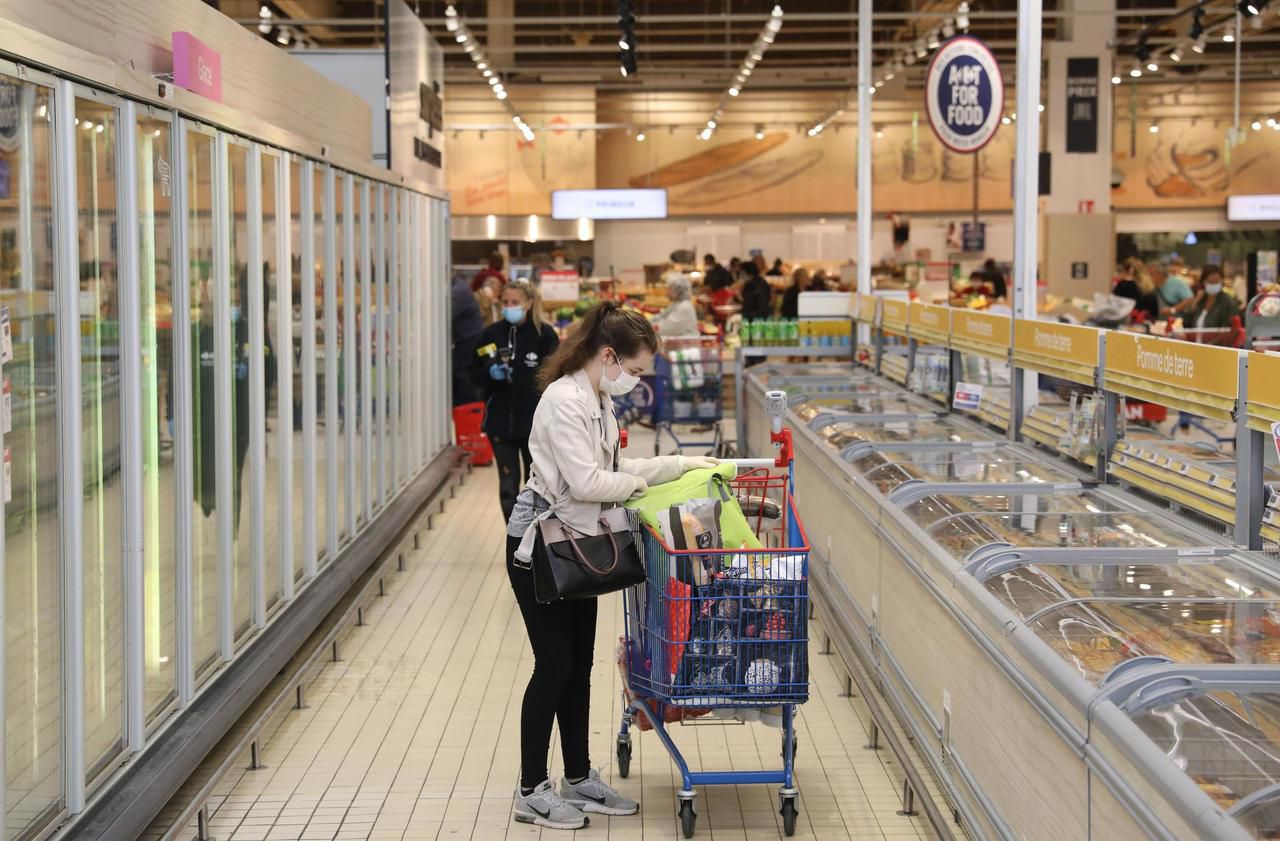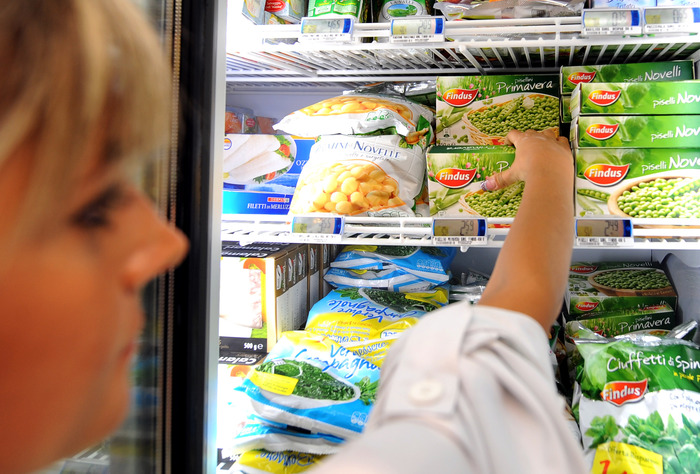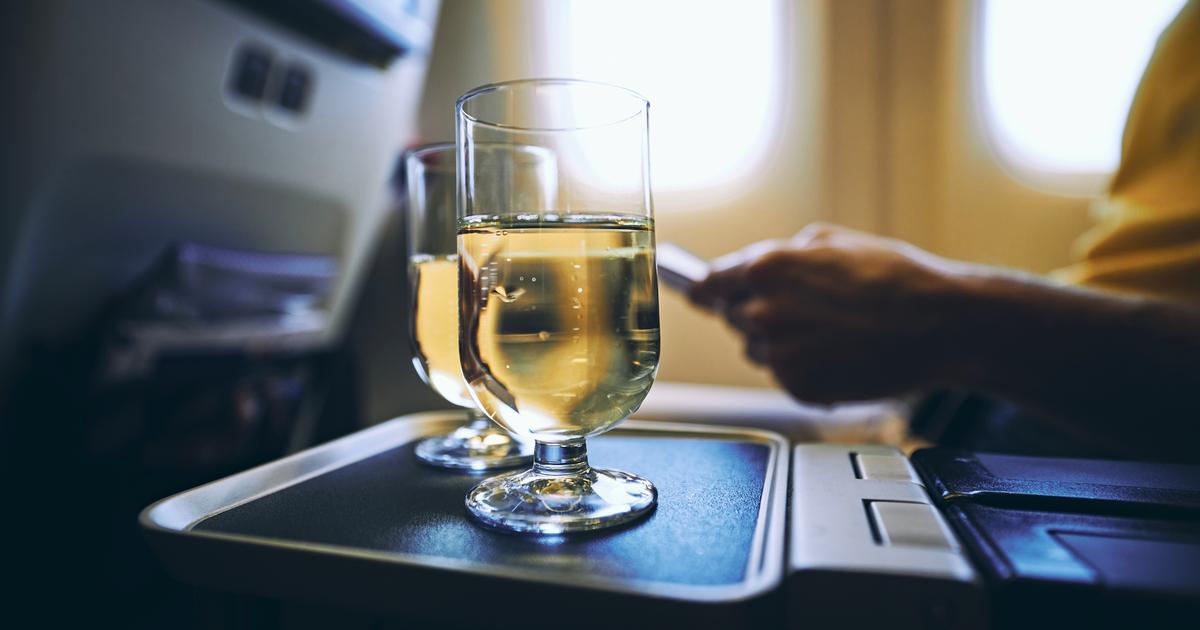Eight weeks of confinement, back to the family nucleus, small outings - for the lucky ones - on the balcony or in the garden. In a new period, new consumption. A tour of these new habits, some of which will surely extend beyond confinement.
Back to basics. Just before confinement, consumers rushed to “on guard” products: pasta, rice, canned food, but also hygiene products such as toilet paper or soap. "From February 24 to March 15, the turnover of consumer products drawn by these items jumped 18.6%," recalls Emily Mayer of the IRI institute which scrutinizes mass distribution. Once containment was effective, these items continued to roll out, except at the very end of the period, just before May 11.
VIDEO. Coronavirus: empty shelves in supermarkets
Frozen foods (meats, fish, vegetables) too quickly established themselves and the mild climate at the start boosted ice cream sales. But the essential items, in this funny period, are also those allowing to clean or disinfect the house: gloves and disinfectant products (whose sales have tripled), soap, bleach, sponges, or wipes cleaners are doing very well.
As well as everything that protects against the virus: hydroalcoholic gel, of course, took off, as well as sales of thermometers and especially, from May 4, masks.
Pleasure shopping, anyway. Confined, we take care of his body: bubble baths (+ 14%), scrubs (+ 60%) are a great success, as are hair coloring products - in the absence of a hairdresser -, or depilatory - lack of beautician.
“It pays me” newsletter
The newsletter that improves your purchasing powerI'm registering
Your email address is collected by Le Parisien to allow you to receive our news and commercial offers. Find out more
We take care, too, by buying board games or painting equipment (sales multiplied by 3.8). We have fun with a few chocolate bars, but also and above all by launching into homemade food - which also has the advantage of keeping children busy: flour (+ 135% during these eight weeks), yeast (+ 148%), the eggs have been robbed.
"Even if we will now have less time available at home, the financial concerns of the French will push them to continue to cook on their own," says Emily Mayer. And then, we garden, we tinker, to air the head. The sales of paint cans, DIY accessories and garden tools bear witness to this.
The "forgotten" of containment. Sales of spirits such as champagne plummeted 11% in the past two months - with the French preferring beer. Among the flops of the last week of confinement, let us mention the sandwiches (-61%), the chewing gum (- 41%) and the make-up (- 63%): if you take care of yourself, it's at house, not to go out!
E-commerce, the big winner in containment. To avoid mixing with the crowd, the French have largely favored e-commerce (drive and delivery). In total, during confinement, this distribution circuit flew 76%, where the hypers dropped by 3%. "In eight weeks, e-commerce has jumped five years," said Emily Mayer. It now weighs 10.4% of the turnover of large-scale distribution (against 6.2% before the crisis).
Now deconfigured, will the French continue to acclaim this service? "We don't come back to normal life right away, and consumers have grown into habits," says Emily Mayer.
No inflation, but a feeling of dearness. The distributors were committed to it, and they kept their word: during the confinement, the prices of products sold in supermarkets remained stable. "Inflation is only 0.03%, reminds Emily Mayer, and yet the customers had a feeling of cost of living," she adds.
And for good reason: to feed the whole family, three meals a day, without a canteen or lunch outside, the amount of the average basket jumped - from 89% in the first weeks of confinement to 50% in early May. Rather than traveling dozens of kilometers, consumers also went to “convenience” stores, where prices are 15 to 20% more expensive than hypermarkets.
Finally, stock shortages on the shelves forced customers to switch to more expensive products. In this context, for the sake of economy, they favored the products of private labels - which now represent 35.3% of the turnover of the banners -, and again turned massively to discount stores.









